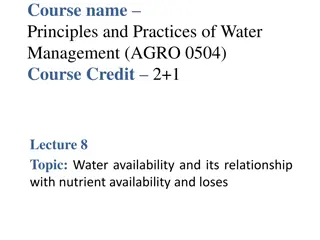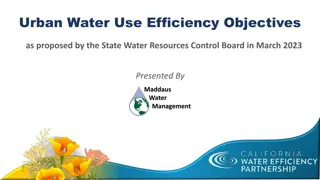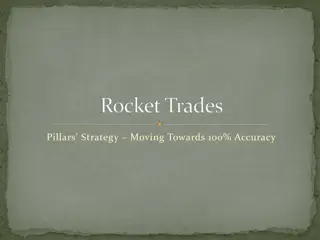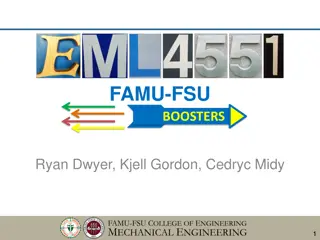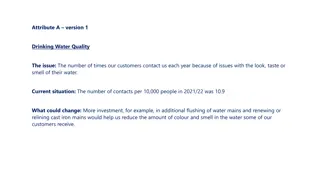
Physics of Water Rockets
Explore the fascinating world of water rockets and delve into the physics principles behind their trajectory, flight path, and maximum height. Learn how to calculate key parameters such as time of flight, initial velocity, and peak height for water rocket launches. Discover the science of projectile motion and the effects of air resistance on these exciting experiments.
Download Presentation

Please find below an Image/Link to download the presentation.
The content on the website is provided AS IS for your information and personal use only. It may not be sold, licensed, or shared on other websites without obtaining consent from the author. If you encounter any issues during the download, it is possible that the publisher has removed the file from their server.
You are allowed to download the files provided on this website for personal or commercial use, subject to the condition that they are used lawfully. All files are the property of their respective owners.
The content on the website is provided AS IS for your information and personal use only. It may not be sold, licensed, or shared on other websites without obtaining consent from the author.
E N D
Presentation Transcript
3-2-1... Time for WATER ROCKETS ADDITIONAL BACKGROUND INFORMATION
Trajectory of a water rocket Reminder: If a projectile moves at high speed, we should consider the effects of air resistance, but most projectiles we deal with move slowly enough that we can neglect these effects-
Trajectory of a water rocket We assume that the rocket has a parabolic flight path, and this allows us to calculate the equation for the trajectory of the rocket. where g is the gravitational constant. The maximum Height Or The apogee of the rocket (H) can then be calculated by:
Water rocket launched vertically From the equation for the distance travelled in the x direction, an expression of the time t can be inserted into the equation for the distance travelled in the y direction, and this gives us the equation for the trajectory of the rocket: If the movement is vertical: x=0 Y= t(v- gt) Y will be equal to 0 for t=0 And v=0 for t=T (time of the whole movement that can be measured) initial velocity
Water rocket launched vertically The three important values : The time of flight of the projectile; (can be measured experimentally) The Initial Velocity of the projectile (velocity of the rocket at launching) The maximum height, or peak (the maximum vertical distance traveled by the projectile/Rocket).





